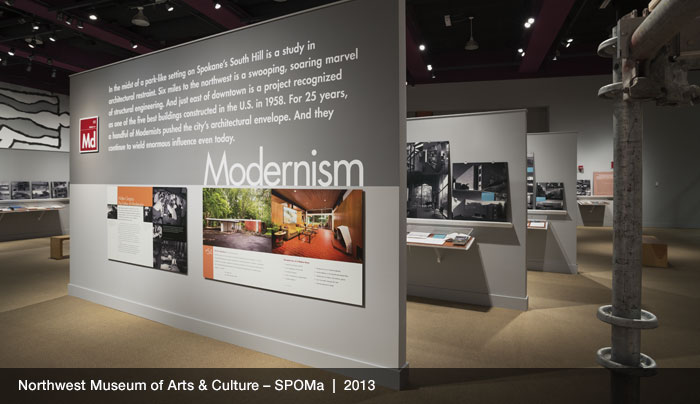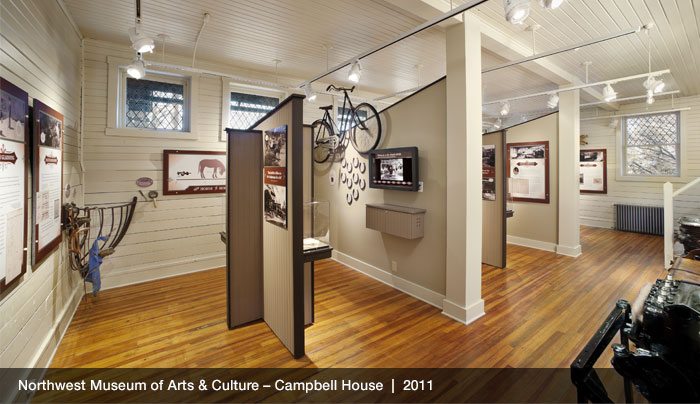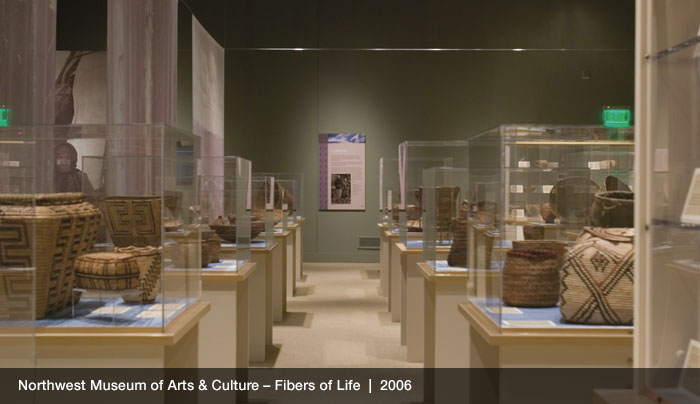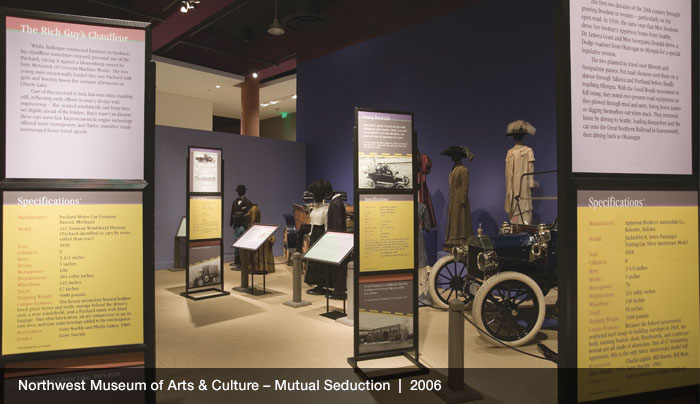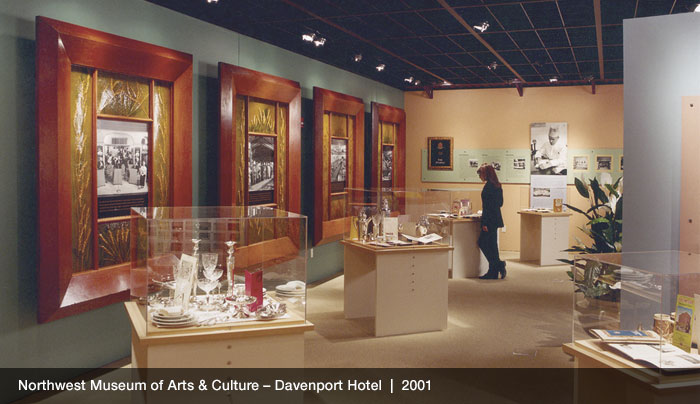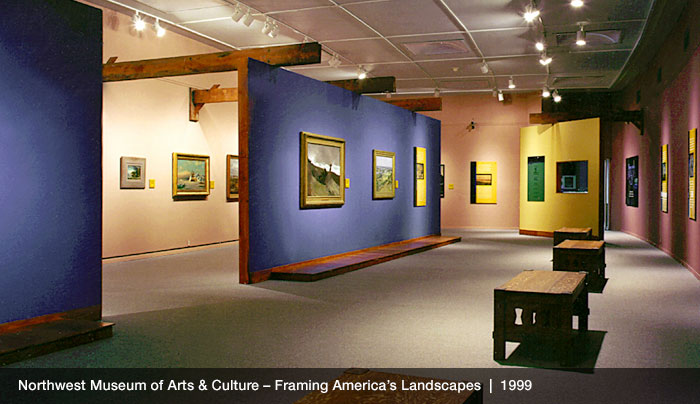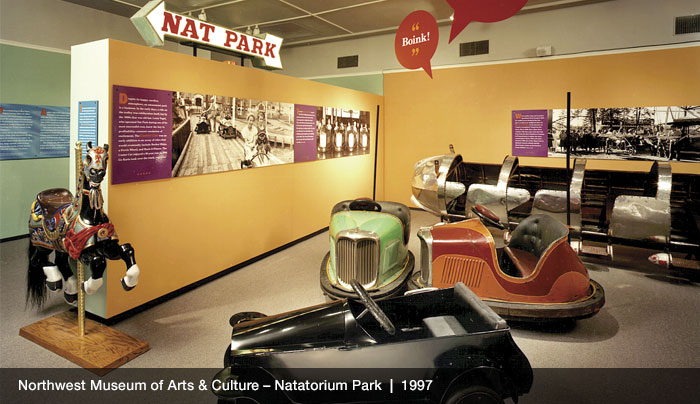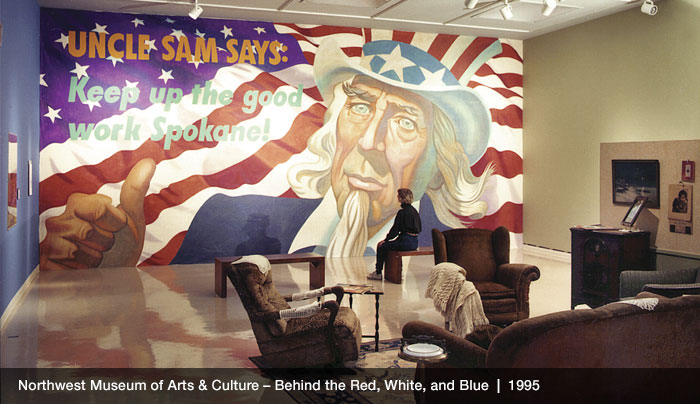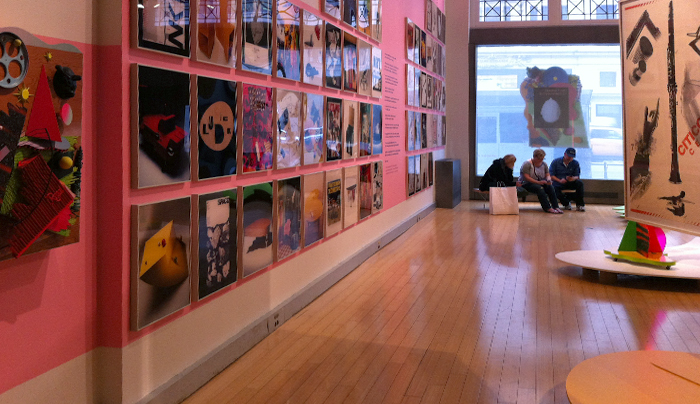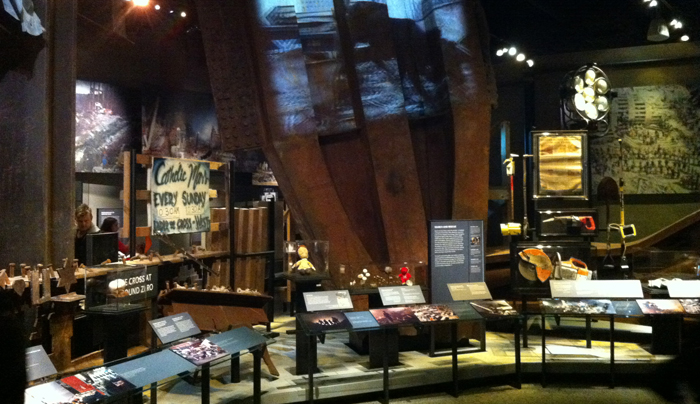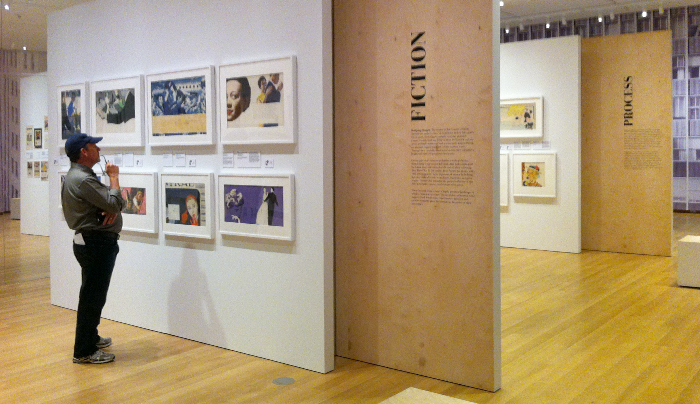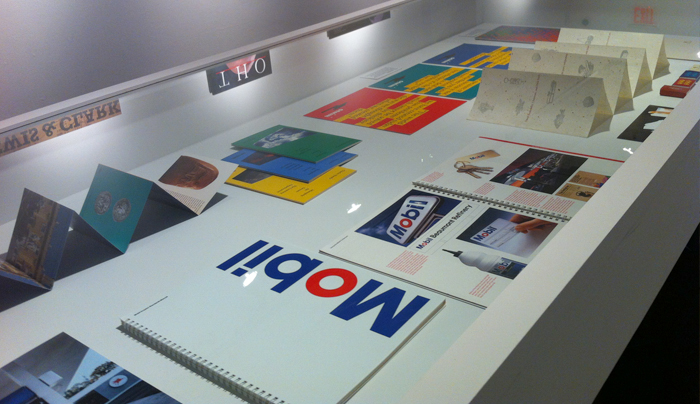While there are a lot of reasons for bad writing, the one I most frequently see is a lack of rhythm. When writers are more intent on cramming information into a sentence or bullet points into a paragraph, the result is akin to slamming one’s forearm onto a piano keyboard: yes, the notes are all there, but nobody can make any sense out of them.
There are a couple of ways to address this. The first is to listen to more music. A Bach partita is all about the right notes at the right time (the correct sequencing of words to form a sentence); early John Cage teaches the value of the silence between the notes—Strunk & White’s “omit needless words” principle.
The second? Read more poetry. Some argue that it’s all about imagery, but, to me, good poetry is pure rhythm, whether it’s T. S. Eliot…
April is the cruellest month, breeding
Lilacs out of the dead land, mixing
Memory and desire, stirring
Dull roots with spring rain.
…or the Grateful Dead.
Jack Straw from Wichita
Cut his buddy down
Dug for him a shallow grave
And laid his body down
And if you’re lazy like me, you’ll want to streamline the process, incorporating the best poetry and music into your life at the same time. How, you ask? Two words: Bob Dylan.
posted by: Aaron Bragg | category: the writing life | comments(1)

